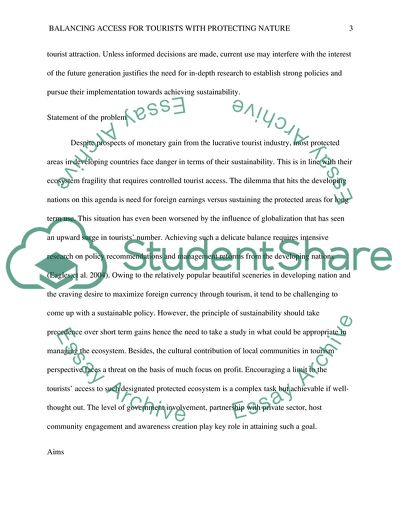Cite this document
(Balancing Access for Tourists With Protecting Nature Case Study, n.d.)
Balancing Access for Tourists With Protecting Nature Case Study. https://studentshare.org/tourism/1847112-balancing-access-for-tourists-with-protecting-nature
Balancing Access for Tourists With Protecting Nature Case Study. https://studentshare.org/tourism/1847112-balancing-access-for-tourists-with-protecting-nature
(Balancing Access for Tourists With Protecting Nature Case Study)
Balancing Access for Tourists With Protecting Nature Case Study. https://studentshare.org/tourism/1847112-balancing-access-for-tourists-with-protecting-nature.
Balancing Access for Tourists With Protecting Nature Case Study. https://studentshare.org/tourism/1847112-balancing-access-for-tourists-with-protecting-nature.
“Balancing Access for Tourists With Protecting Nature Case Study”. https://studentshare.org/tourism/1847112-balancing-access-for-tourists-with-protecting-nature.


